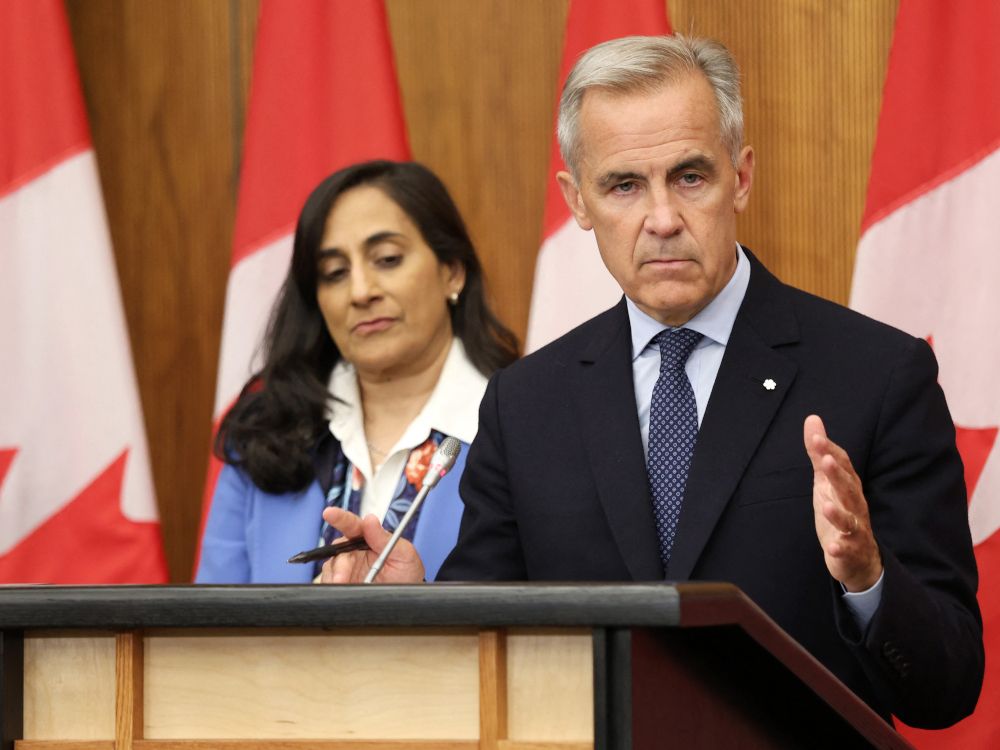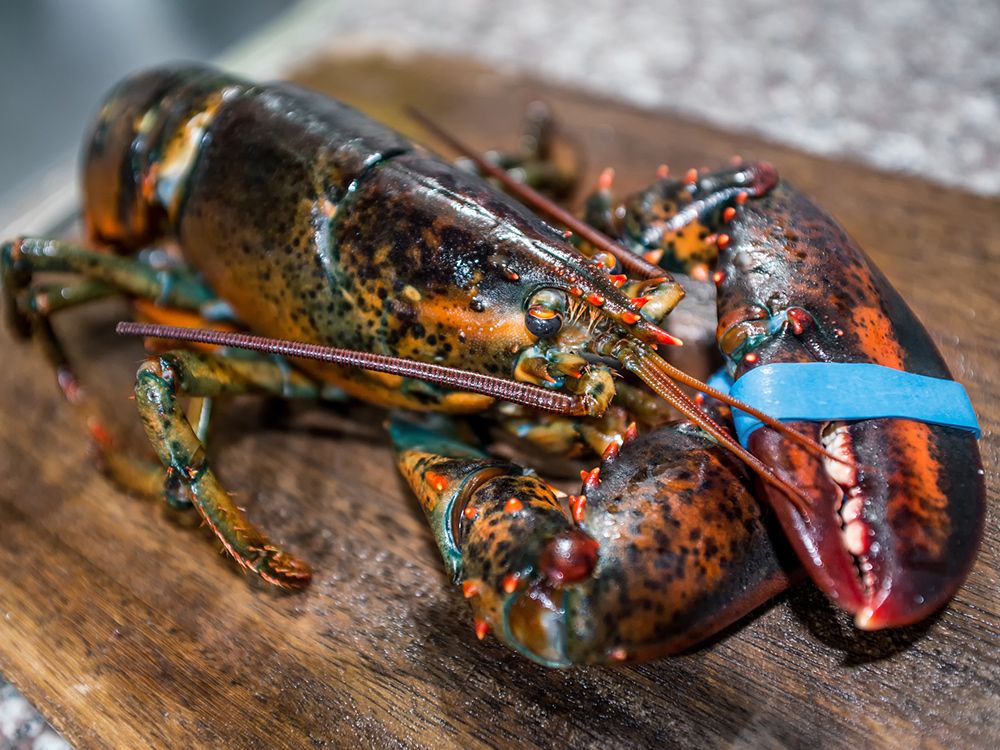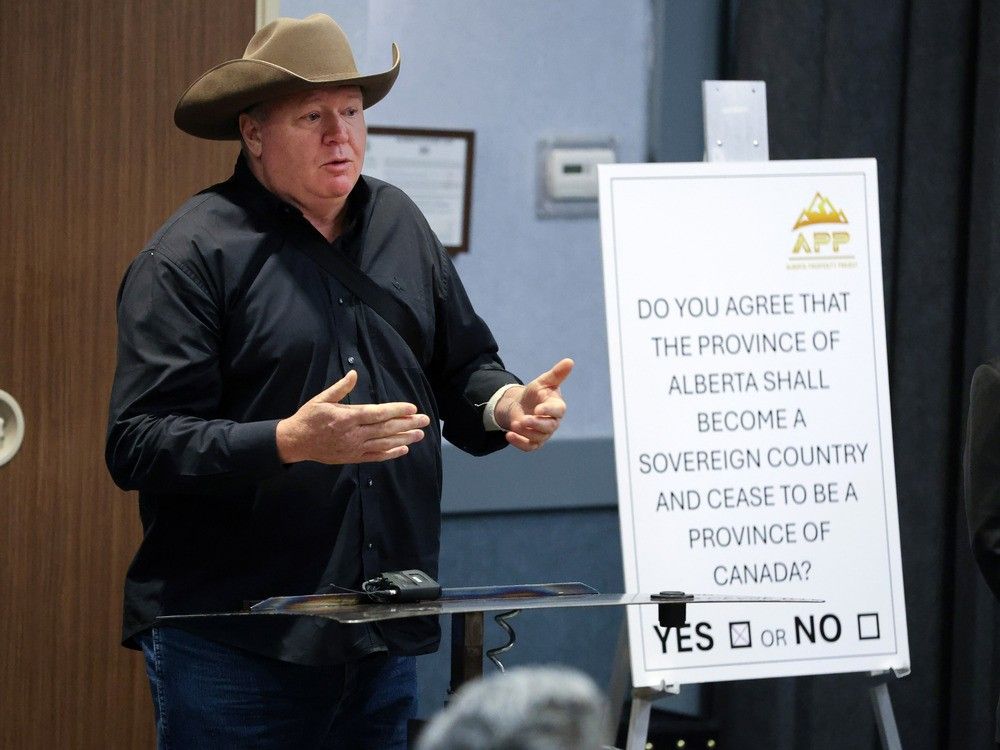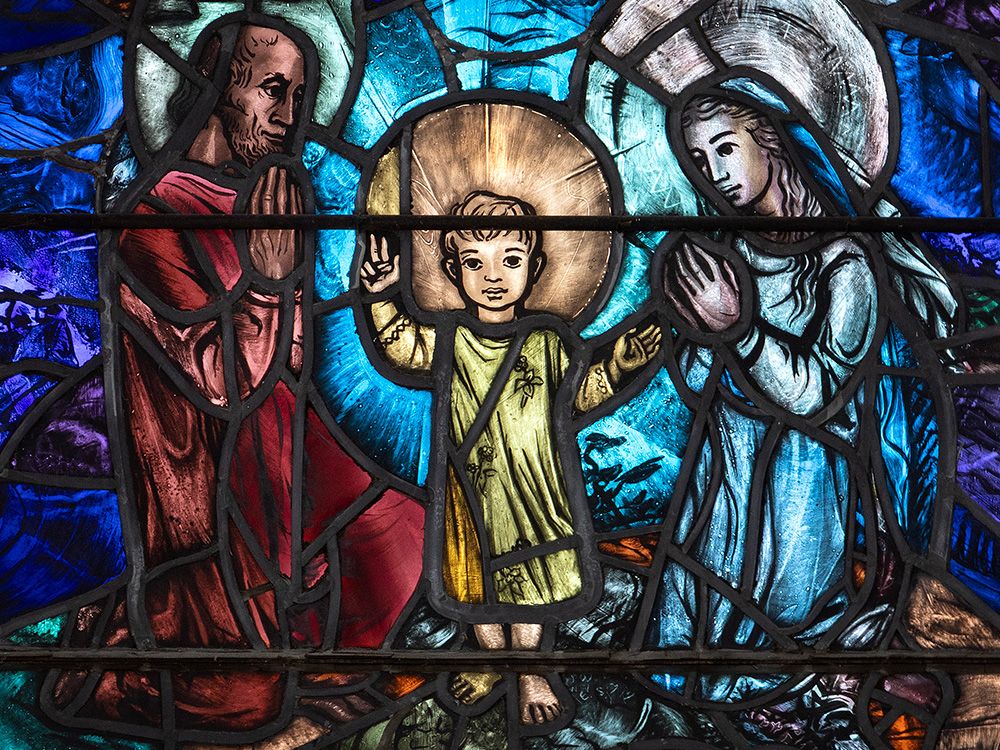
After the October 7 attacks in Israel, Aviva Klompas noticed that rather than sympathy and support, what surfaced was a “disturbing undercurrent of Jew hatred that was apparently lying dormant in Canada.”
“The nature of what has exploded from under the surface is shocking, particularly for a country like Canada that prides itself on multiculturalism and the ability to live together,” said Klompas, a writer and the CEO and co-founder of Boundless, a think tank dedicated to educating groups about Israel and combatting antisemitism.
She also served as the director of speechwriting for Israel’s Permanent Mission to the United Nations in New York City and as a senior policy adviser in the Ontario government, supporting efforts to resettle Syrian refugees in Canada.
Klompas grew up in Toronto. Since October 7, she said the synagogue she attended with her family and where she had her bat mitzvah has been vandalized on 10 different occasions.
“A message is being sent both to the perpetrators, that there’s no consequences, and to Jews, that they are under attack and that nobody’s showing up for them,” she said.
“If this was happening to any other minority group, we know it would be a national crisis. But because it’s Jews, it’s not. And so the question of every person of conscience, which I believe most Canadians are, is: Why isn’t anyone stopping it? Why isn’t anything being done?”
As the year comes to an end, Klompas is reflecting on the past 12 months and how to move forward amid growing antisemitism in the country.
Which recent antisemitic incidents stand out to you the most?
I think about, let’s say, a Toronto
Jewish elementary school being hit by gunfire three times
,
arson at a Montreal synagogue
, Vancouver, also
arson at a synagogue
while Jews are inside praying.
Bomb threats across the country to different Jewish institutions, swastikas painted on Jewish institutions, the encampments on college campuses, university campuses. It’s not just that students are protesting, but that they’re making a Nazi salute or harassing Jews.

Has reaching a ceasefire in the Middle East lessened antisemitism in Canada?
We reached a ceasefire. The kinetic fighting is essentially — not entirely — over, but the main hostilities have come to an end. And that hasn’t stopped antisemitism. And again, the nature of the threats of who is being targeted is speaking to a disease in Canada.
We’re talking about
mezuzahs (Jewish prayer scrolls) being stolen
from the doorways of Jewish seniors (in Toronto this month). There’s something particularly sick about targeting the elderly in their own homes.

They’re publishing
a database of Canadian Jewish institutions
. (A Canadian publication created a database of institutions it said were associated with the IDF, made up of mainly Jewish schools, summer camps and synagogues.) We’re not talking about institutions that are planning military strategy or aligning with the Netanyahu government. We are talking about places where children learn, where families are gathering, where people are praying together.
History makes us hypersensitive to this notion of Jewish lists being published and disseminated.
Why are “Death to the IDF” or “From the river to the sea” chants are inappropriate at protests?
People that say they hate the IDF, I ask them to tell me what would happen if the IDF didn’t exist. You saw exactly what it would mean on October 7. What are the implications for the 10 million people who live between the river and the sea, not all of whom are Jewish, by the way? Twenty per cent of Israel’s population is not Jewish.
We got a glimpse into what Hamas would do if they had the opportunity to attack Israel from the river to the sea — mass atrocities, sexual violence, hostage taking of children, of the elderly, of entire families — that’s what you’re backing.
I don’t know what could possibly be more un-Canadian than that vision for the Middle East, or for Israel.
This year, Prime Minister Mark Carney recognized Palestinian statehood. Was that a mistake?
I’m not entirely sure what the prime minister thought he was accomplishing by preemptively trying to recognize a Palestinian state. It’s a fanciful notion. It has no concrete meaning in reality.

Now I hope the Prime Minister feels quite embarrassed, because declaring Palestinian statehood did not free the hostages. It did not bring about an end to the fighting.
We just had the
UN Security Council actually back President Trump’s plan
. And what it said was that Israel has a legal right now to be holding 50 per cent of Gaza. It says that there will be no Palestinian state until a series of things take place. So now, codified in international law by that UN Security Council Resolution, is the fact that there is no Palestinian state, and there will not be a Palestinian state until the Palestinians take some meaningful action to demonstrate their ability to show leadership and to demonstrate their willingness to make peace with Israel.
Looking back retroactively, what Mark Carney did was really just theatrics, empty theatrics.
From protests outside the Munk debate to reported mistreatment by Uber drivers, what will happen if antisemitism continues to grow in Canada?
The problem is the nature of it, right? Those people outside of the Munk debate were screaming, “Devil worshiping Zionists! Go to hell and go back to the slums of Europe!” We’re not talking about policy debates here.

Well, they didn’t quite want us in Europe, if people will recall, and now they don’t want us in the Middle East, and now they don’t seem to want us in Canada. So, where exactly do they want Jewish people to go? Where are Jewish people going to be safe?
How do you think Canadian leaders should react or show up for the Jewish community?
Canadian Jews are being forced to hide their identity, to think twice before wearing a Star of David, or walking into a synagogue or sending their kids to a Jewish day school.
I would love to see Toronto Mayor Olivia Chow, Ontario Premier Doug Ford and Prime Minister Mark Carney spend a week, go work from a synagogue or a Jewish community centre. Go and see the daily reality for Canadian Jews. We’re not government offices. We’re not security institutions, but somehow we’re surrounded by police cars and private security.
Let them see that we need bulletproof glass to be able to pray in peace. Let them see small Jewish children walk through metal detectors just to go to kindergarten. Let them witness how Jewish life in Canada has been reduced to this high security operation. And how much higher do you want our fences? Do we need quadruple reinforced glass or more security cameras? Or is it maybe time to drop the thoughts and prayers, the empty statements about solidarity and get down to what really needs to be done, which is accountability and enforcement, arrests, charges, prosecutions.
How can Canada learn from the most recent massacre targeted at Jews in Australia?
The attack on Sydney’s Jewish community was inevitable. It was the foreseeable result of a sustained failure to take antisemitism seriously.

I am entirely unimpressed to see the very people who ignored repeated warning signs, including Australian Prime Minister Anthony Albanese and Canadian Prime Minister Mark Carney, offering “thoughts and prayers.” Jihadists are attacking Jewish communities with guns and explosives, and all they can muster in response is “thoughts and prayers,” perhaps they can finally try actions, enforcement, and consequences.
Civic leaders need to make it unequivocally clear antisemitic hate crimes are going to be prosecuted to the full weight of the law.
You recently met with 200 mayors in North America, including some Canadian leaders. What was the takeaway?
We found (through a Boundless study) that
42 per cent of Americans don’t distinguish between the Israeli government and Jewish people
. Now I haven’t studied it in Canada, but in Canada, it wouldn’t surprise me if it was something quite similar, and that’s an enormous problem. If you’re looking at Canadian Jews or American Jews, and what you’re seeing is the Israeli government, we have an enormous problem.
We found that in the States, 41 per cent of people don’t think it’s antisemitic to say that Jews are more loyal to Israel than to America. Almost 40 per cent don’t think protesting outside a synagogue is antisemitic, and about a quarter say it’s acceptable to boycott Jewish owned businesses.
People have trouble recognizing what is appropriate and inappropriate political protest, what is and what isn’t you hatred. The very first thing that we need to do is to arm leaders with the language in order to be able to explain really, really clearly: if you don’t like a war, that’s perfectly reasonable, and if you don’t like how Palestinians are being treated, that’s also perfectly reasonable. But how you choose to express that, and how you choose to express your frustration or your dismay matters a great deal.
Are you hopeful for the future of Canadian Jews?

Before October 7, (the Canadian government) had plenty of chances to try to get this right. The fact that there’s now a ceasefire in place, and that antisemitic incidents (continue), particularly against vulnerable individuals like the elderly or like Jewish children or community centres…and nothing is being done meaningfully to intervene and address it, that makes me incredibly worried for Canada.
This is not just about Jewish safety, by the way. It should be enough that it’s about Jewish safety. That should be the beginning and end of it, but it’s clearly not enough for Canadian leaders to care. And what I think they don’t understand, and what makes me concerned for the future of the country, is the integrity of Canadian democracy.
If you can’t protect one community, you can’t protect any community. That’s a reality, and it seems to me, Canada is determined to learn this the hardest way possible.
This is not the first time in our history where we’ve been targeted and harassed and been the victims of violence. We always endure. We are a story of resilience, and I think Jewish people can take great pride in that.
This interview has been condensed and edited for clarity.
Our website is the place for the latest breaking news, exclusive scoops, longreads and provocative commentary. Please bookmark nationalpost.com and sign up for our daily newsletter, Posted, here.



























